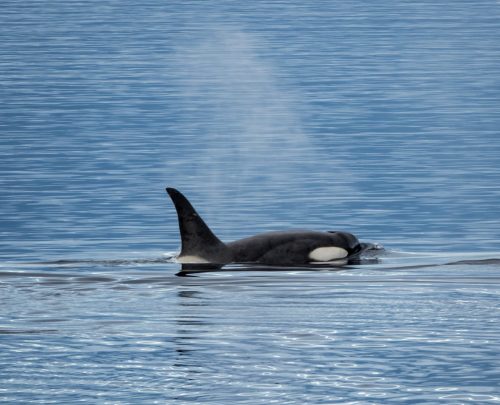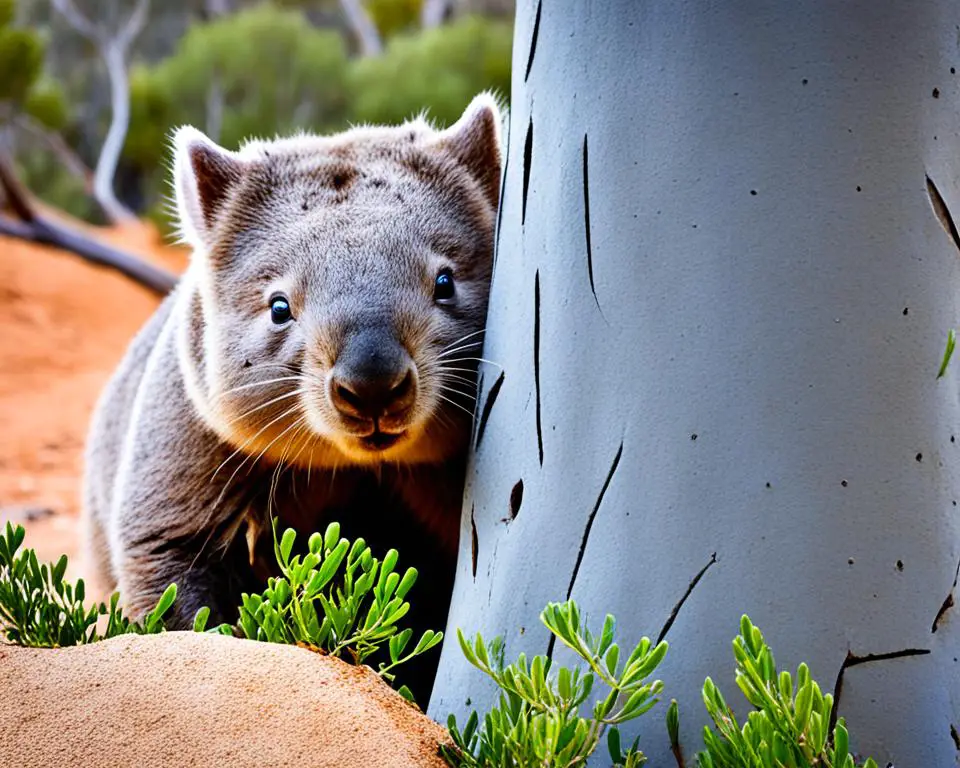The Orca, or Killer Whale, is the major constituent of the whale family. They are also regarded as one of the large predators in the water, similar to wolves on land. The food of a killer whale contains a wide variety of marine species such as seals, fish, squid, sea lions, whales, and seabirds. Unlike polar bears, killer whales can be found in both the Arctic and Antarctic regions.
Both the killer whale and polar bear hunt seals in the Arctic, therefore they may come into contact while searching for the same prey. So, if these large predators come into contact, the Killer Whale, being huge, may kill and eat the Polar Bear.
So the question is, do orcas eat polar bears, and is there any proof that killer whales have eaten polar bears?
We thoroughly investigated this subject and discovered some extremely intriguing data that we would like to share with you.
So it has been seen that bears cannot get the whales out of the water. Instead, the whales are way bigger than the bears and can kill and eat them easily.
Which Animal Can Take Down a Killer Whale?
It starts with a pursuit, with twelve orcas diving down their prey until it tires. When their prey eventually slows down, more orcas charge in, 20 sets of teeth slashing and tearing into flesh. After a few minutes, the predators collaborate to force their target underwater. It does not reappear.
This is no ordinary hunt. The event, which was captured off the coast of Bremer Bay in southern Australia, is the first time humans have witnessed orcas, sometimes known as orcas, successfully hunting and consuming an endangered blue whale, the world’s largest animal. A new study published this week in the journal Marine Mammal Science describes three blue whale kills, in March and April 2019 and March 2021.
This is the largest predation event on the planet: the largest top predator taking down the largest prey,” says research co-author and marine ecologist Robert Pitman of Oregon State University’s Marine Mammal Institute.
Has a Shark Ever Eaten a Polar Bear?
In June, scientists studying how far sharks hunt penguins in the Arctic were astounded to discover a piece of a newborn polar bear’s jaw in the stomach of a Greenland shark, a species that prefers northern waters. We’ve never heard of anything like this before. “We don’t know how it got there,” Norwegian Polar Institute’s Kit Kovacs said of the 10 cm (4 inches) bone discovered in a shark.
We don’t know whether the shark snatched a swimming baby bear or ate a carcass,” she explained. “We don’t know how active as predators these sharks are.” The majority of shark experts consulted stated the bear was most likely dead before the shark discovered it. A Greenland shark, which can grow to be 7 meters (23 feet) long and weigh more than a tonne, would be a deadly opponent even for a young, three- or four-year-old bear.
What Animal Can Beat a Polar Bear?
A Siberian tiger might certainly carry the fight if it caught a young female polar bear off guard. They are superb ambush hunters because of their talons, long teeth, and rapid reflexes. A tiger with its jaws around a bear’s throat or on its spinal cord might easily dispatch a smaller polar bear. In a fight between two fully grown males, though, the polar bear would most certainly prevail.
Their greater mass, stronger biting force, and stamina would enable them to outlive the smaller, weaker tiger. The tiger would eventually wear down, enabling the grizzly bear to put its massive size to use. One or two fortunate swipes with their big paws would be enough to put the tiger on its back, followed by a few bites to kill it.
Is The Natural Habitat of Red Pandas Similar to That of Polar Bears?
The natural habitat of red pandas differs significantly from that of polar bears. Red panda habitats are found in the Eastern Himalayas, including China, Nepal, and Myanmar, where they reside in temperate forests with dense bamboo cover. On the other hand, polar bears inhabit the Arctic regions, primarily living on sea ice and coastal areas. These distinct habitats reflect the contrasting environments these two species have adapted to over time.
Do Polar Bears Fight Sharks?
A shark would defeat a bear in a fight. Although a grizzly bear is the best match for a shark of any bear, it would still lose. It lacks the tools required to defeat a creature that is faster, larger, and deadlier than it.
The shark will bite repeatedly, taking away so much skin that the bear would be unable to put up a fight and dies.











